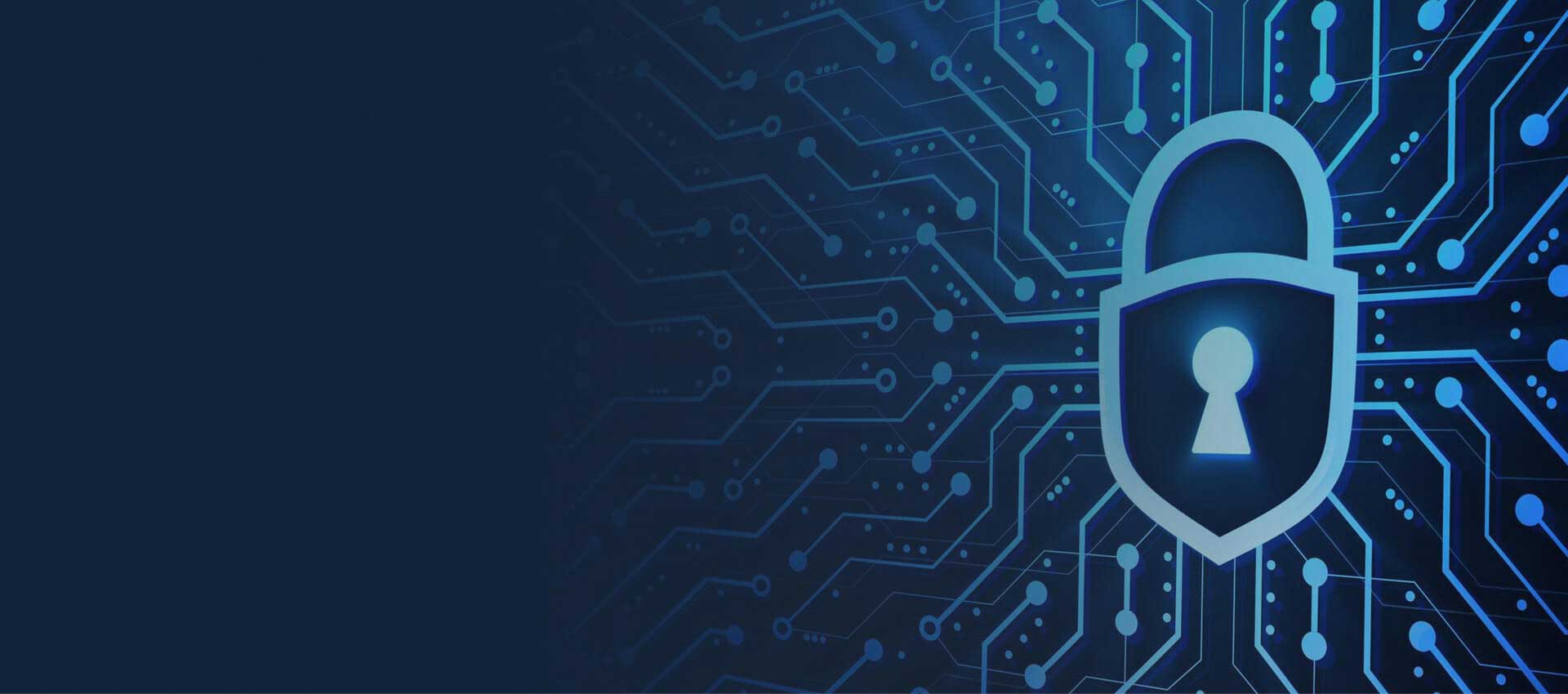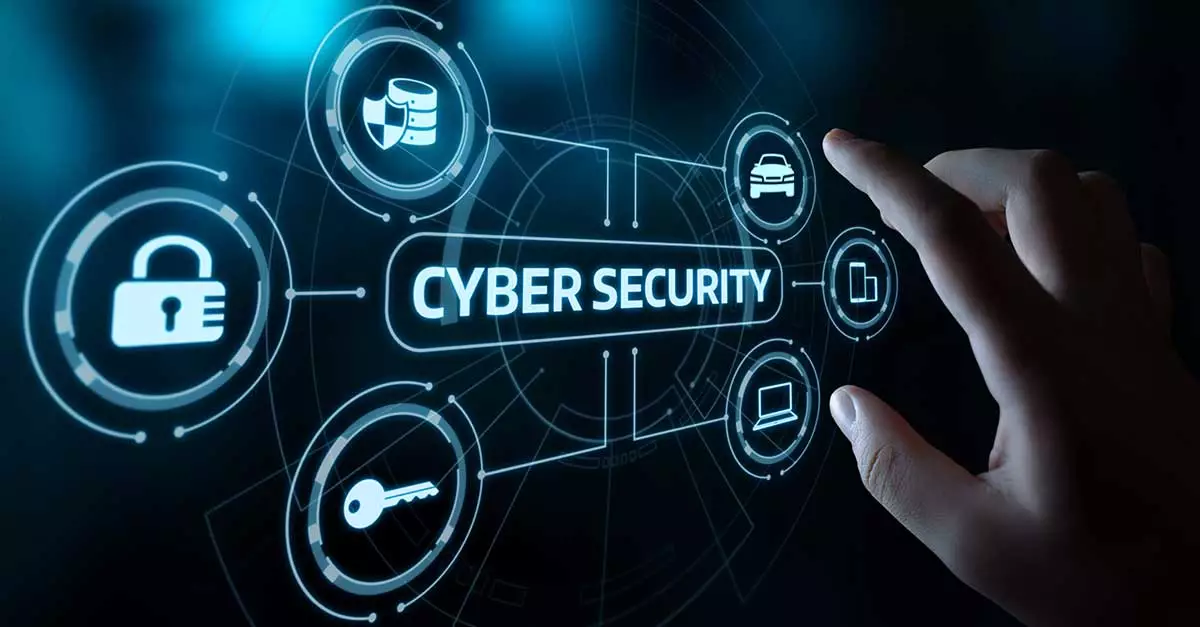In today's digital age, cybersecurity has emerged as a critical concern for businesses of all sizes. Small and Medium Enterprises (SMEs), in particular, are vulnerable targets for cyber threats due to their limited resources and often inadequate security measures. In this post, we shed light on the urgent need for SMEs to prioritize cybersecurity. By understanding the risks, implementing proactive measures, and fostering a cybersecurity-conscious culture, SMEs can safeguard their valuable assets and ensure sustainable growth in the evolving digital landscape.
1. Understanding the Rising Cybersecurity Threat Landscape:
The threat landscape has rapidly evolved, with cybercriminals targeting SMEs for financial gain, data theft, and disruption of operations. The financial implications of a cybersecurity breach can be devastating for SMEs, resulting in reputational damage, legal repercussions, and potential loss of customers. It is crucial for SMEs to recognize the severity of these threats and take proactive steps to fortify their digital defenses.
2. Building a Strong Cybersecurity Infrastructure:
SMEs must invest in building a robust cybersecurity infrastructure tailored to their unique needs. This involves implementing multi-layered security measures, including firewalls, secure networks, data encryption, and regular software updates. It is essential to conduct thorough risk assessments, identify vulnerabilities, and address them promptly. Engaging with reputable cybersecurity experts can provide SMEs with invaluable guidance in designing and implementing effective security solutions.
3. Employee Education and Awareness:
Human error remains one of the weakest links in cybersecurity. SMEs must prioritize employee education and awareness programs to foster a cybersecurity-conscious workforce. Regular training sessions on best practices, safe browsing habits, and recognizing social engineering tactics can significantly reduce the likelihood of successful cyber attacks. Creating a culture of vigilance and accountability will empower employees to be proactive defenders against potential threats.
4. Data Protection and Incident Response:
SMEs must adopt robust data protection measures, including regular data backups, secure storage, and access controls. Implementing incident response plans is vital to minimize the impact of a cybersecurity breach. By having predefined procedures in place, SMEs can effectively manage and mitigate the consequences of an incident, minimizing downtime and ensuring a swift recovery.
5. Collaboration and External Partnerships:
SMEs can benefit from collaborating with industry peers, industry associations, and external cybersecurity partners. Sharing knowledge, best practices, and threat intelligence can enhance the collective resilience against cyber threats. Engaging with trusted cybersecurity vendors can provide SMEs with specialized expertise, advanced technologies, and 24/7 monitoring to detect and respond to emerging threats effectively.
In an increasingly interconnected digital world, SMEs must wake up to the pressing need for prioritizing cybersecurity. By investing in robust security infrastructure, educating employees, and fostering a cybersecurity-conscious culture, SMEs can protect their sensitive data, intellectual property, and overall business interests. Embracing cybersecurity as a top priority ensures the resilience and sustainability of SMEs in an ever-evolving threat landscape. It is time for SMEs to proactively address cybersecurity challenges and secure their digital future.




Comments
Post a Comment